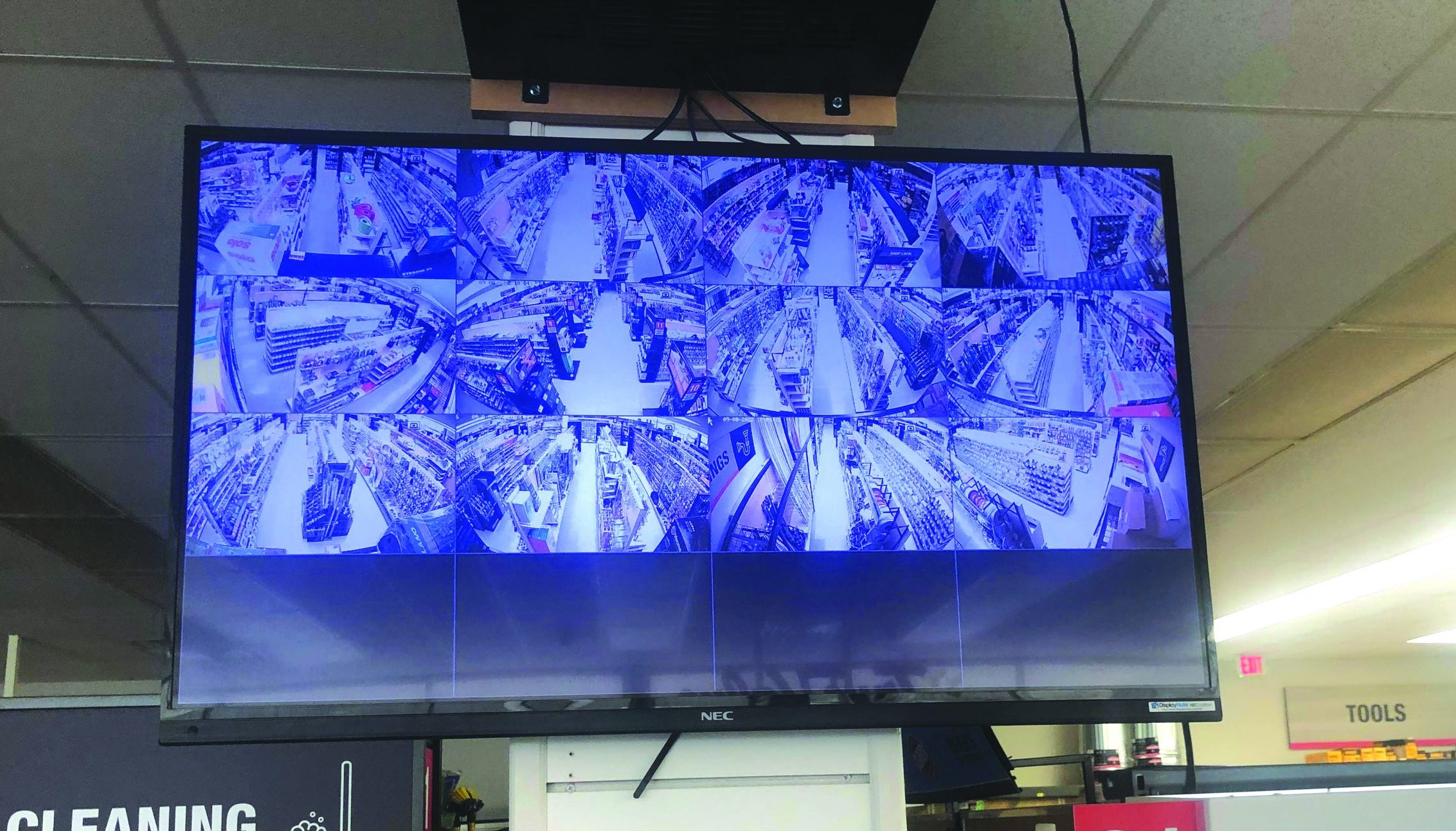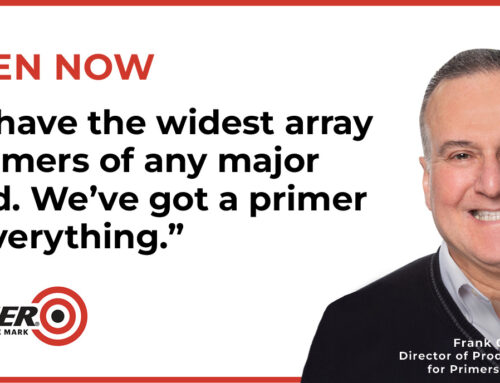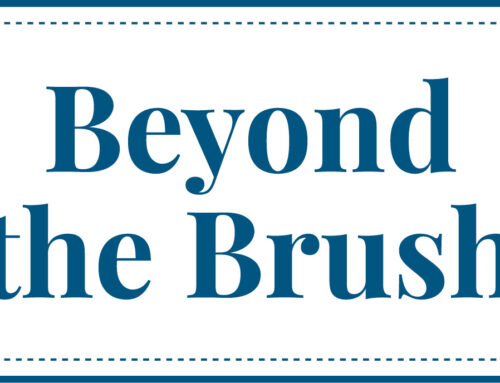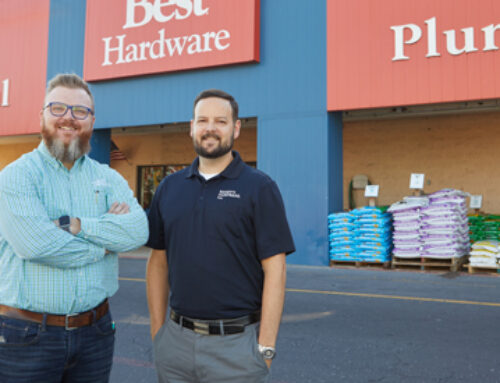From organized smash-and-grabs to employee embezzlement and fraud, retailers have been reeling from an increase in asset and product loss since the start of the pandemic. Theft and fraud have always been an unfortunate part of the retail scene, but the pandemic brought on additional challenges.
According to the 2021 Retail Security Survey, published by the National Retail Federation, 69% of retailers saw an increase in organized retail crimes in late 2020 and early 2021. Nearly 65% of retailers indicated that organized retail crime (ORC) became more of a priority last year, and 53% said internal theft was a higher priority. During the pandemic, 22% of retailers saw a significant increase in ORC, and 16% experienced significantly higher rates of shoplifting.
The pandemic can’t take all the blame for the increase in retail losses, however. The growth of online shopping has led to more cybercrimes while increased felony thresholds, where thefts under a certain dollar amount aren’t prosecuted as felonies or at all, have led to more brazen criminals and incidences of retail crime. In the 2020 Organized Retail Crime Survey, two-thirds of retailers reported seeing an increase in the average ORC case value in states that raised the threshold for felony theft.
Just as criminals are getting smarter and bolder, loss prevention programs have also evolved to offer better protection against asset and product losses. To assist retailers in tackling this important part of any operation, Paint & Decorating Retailer shares four solutions from Jeff Miller, loss prevention manager for Spectrum Paint.
Miller started in the paint industry 28 years ago working for an industrial and lacquer coating manufacturer in research and development and manufacturing quality control before becoming a regional operations manager for Kwal Paint. He joined the Spectrum Paint family when Spectrum purchased Kwal Paint stores and worked in several departments with Spectrum before moving into an inventory control manager position in 2013. In this role, Miller was responsible for the physical inventories at all the locations and investigated missing product and employee fraud, job duties that led to him becoming Spectrum Paint’s first loss prevention manager in 2021.
“Spectrum Paint now has 92 paint store locations in 10 states,” Miller says. “The growth of Spectrum Paint and the number of stores and employees we now have has made it necessary to have this role.”
Install Security Systems
For Spectrum Paint, most employee fraud comes from employees using fraudulent cash refunds, running cash invoices or canceling transactions and taking cash, Miller says. He says his operation’s No. 1 loss prevention tool is security systems with cameras. The cameras provide days of saved video that can be reviewed later, and the monitored security system prevents break-ins when the stores are closed. The stores also have cash drawer sensors that trigger a one-minute video every time a cash drawer is opened.
“We developed nightly reports I look at every day that allow me to video review every refund, canceled and aborted invoices and inventory adjustments being made in all stores,” Miller says. “This method has allowed me to catch employee fraud.”
Spectrum Paint has two hardware stores as part of its operation and Miller says security cameras are important for both types of stores but in different ways.
“Compared to paint stores, the hardware stores provide more opportunity for shoplifting, as there is more foot traffic, and many very small items are easy to steal,” Miller says. “The hardware stores typically have more cameras covering every aisle and visible TV monitors, so customers know video surveillance is in place. In our paint stores, we use fewer cameras focused on high theft areas, entries and the check out areas.”
Closely Monitor Activities
Miller monitors company-issued credit cards, and he also utilizes a vehicle tracking service to monitor company vehicle use.
“With hundreds of credit cards and company vehicles, I monitor these daily to keep credit card fraud and misuse of vehicles in check,” Miller says.
Paying attention to the time of day is also important, as most fraud occurs early or late in the day when an employee is by themselves, Miller says. He also says the days right before payday can be a trigger for theft by employees.
Each of the Spectrum Paint stores are merchandised so high theft items like paint brushes and tools are visible to employees in the work or tint areas.
Implement Phone Checks
At Spectrum Paint stores, theft by customers in the store is a small part of the problem, but customers using stolen credit card info to make purchases is a bigger problem, Miller says. The operation takes many call-in credit card orders a day, making it difficult to catch every instance of fraud, but adding over-the-phone checks has helped catch more fraud.
For phone orders, the customer must provide the credit card’s 3-digit security code and zip code and have an established account or be a repeat customer. If they don’t have an established account, the customer can purchase in a store with a photo ID. These checks are especially important for large purchases like spray rigs, one product where the company has seen the most fraud with call-in orders.
Employee Training
Employee training is another key component of loss prevention, even with many retailers reeling from worker shortages. Employees at Spectrum Paint are trained to watch groups of customers that come in because thieves will sometimes work in groups, Miller says; one or two people in the group distract the employee while the others in the group attempt to steal.
“Lack of staffing always presents a challenge in all areas and any time our stores are short staffed, it only makes it easier for theft to occur in the stores,” Miller says. “Having the cameras installed and visible lets people know they are being watched. In stores where we have high customer traffic, we sometimes also put a monitor where customers can see they are being viewed in the store.”
Look Closely: How One Retailer Built a Better Business After Employee Fraud
For San Francisco Paint Source president and owner James Fregosi, loss prevention hits close to home. Over a decade ago, employee fraud and theft resulted in a six-figure loss that accounted for 1.6% of the cost of goods sold over an 18-month period. The experience led him to revamp the operation’s loss prevention practices, and since then, he has continued to evolve his loss prevention strategies at the store and relies on careful accounting and keeping a close eye on the business.
While that practice is easier said than done, especially for busy owners with lots of other areas of the business to handle, Fregosi says it’s crucial to stopping theft and fraud. He reads reports routinely, looking for discrepancies.
“We look at margin, and we look at the customers who bought from us,” Fregosi says. “Understanding what the reports say is critical for loss prevention on a big scale, when it comes to embezzlement or an employee working with a customer outside the store to steal from the store.”
While technology is helpful when it comes to loss prevention, it needs to be closely monitored as it can become a source of the problem. Part of the theft issue at San Francisco Paint Source was corrupt employees who took advantage of technology in place at the store to steal from the company.
“Technology allowed those issues to happen, and we had to take personal responsibility for that,” Fregosi says. “We have systems in place now where in less than a minute, I can see everything in the business. We also look closely at who is buying from us, and who’s coming into the store. If something doesn’t line up, we look closer.”







